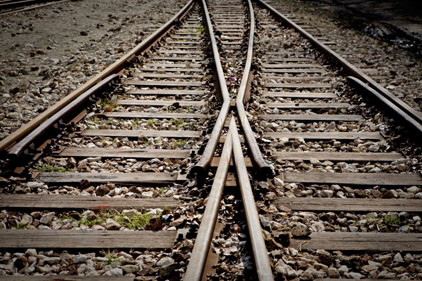NTSB recommends ways to make commuter railroads safer

 In the wake of the derailment and collision of two passenger trains in Connecticut last May, the National Transportation Safety Board – which conducted an investigation into the accident -- has issued recommendations to the Federal Railroad Administration (FRA) and Metro-North Railroad.
In the wake of the derailment and collision of two passenger trains in Connecticut last May, the National Transportation Safety Board – which conducted an investigation into the accident -- has issued recommendations to the Federal Railroad Administration (FRA) and Metro-North Railroad.
The NTSB wants the FRA to end the current inspection policy of exempting high-density commuter railroads from traversing each track that’s inspected by foot or vehicle.
All railroads should be required to traverse each main track by vehicle or inspect each main track on foot at least once every two weeks, says the NTSB.
“Safety of our public railways remains first and foremost in achieving NTSB’s mission to prevent these types of accidents,” said Acting Chairman Christopher A. Hart. “We expect the same level of safety on all railroads, freight and passenger alike.”
The May 17th incident involved two Metro-North Railroad passenger trains and occurred in Bridgeport, Connecticut.
During the ongoing investigation, NTSB investigators identified broken joint bars of the rail. It was also noted that the last inspection on this rail was conducted using a hi-rail vehicle two days before the accident occurred. Investigators measured the exposed portions of the breaks and determined the gage side bar, which is the bar closest to the centerline of the track, was the first bar to break. Inspection records collected by NTSB investigators revealed that the last inspection was performed from track 2, and that the gage side of the rail on track 4, including the gage side of the joint bar, would not have been visible from a hi-rail vehicle that traveled on track 2.
To view the NTSB’s recommendations to FRA and Metro-North, click on the following links:
Federal Railroad Administration: www.ntsb.gov/doclib/recletters/2014/R-14-011.pdf
Metro-North:www.ntsb.gov/doclib/recletters/2014/R-14-012.pdf
Looking for a reprint of this article?
From high-res PDFs to custom plaques, order your copy today!






